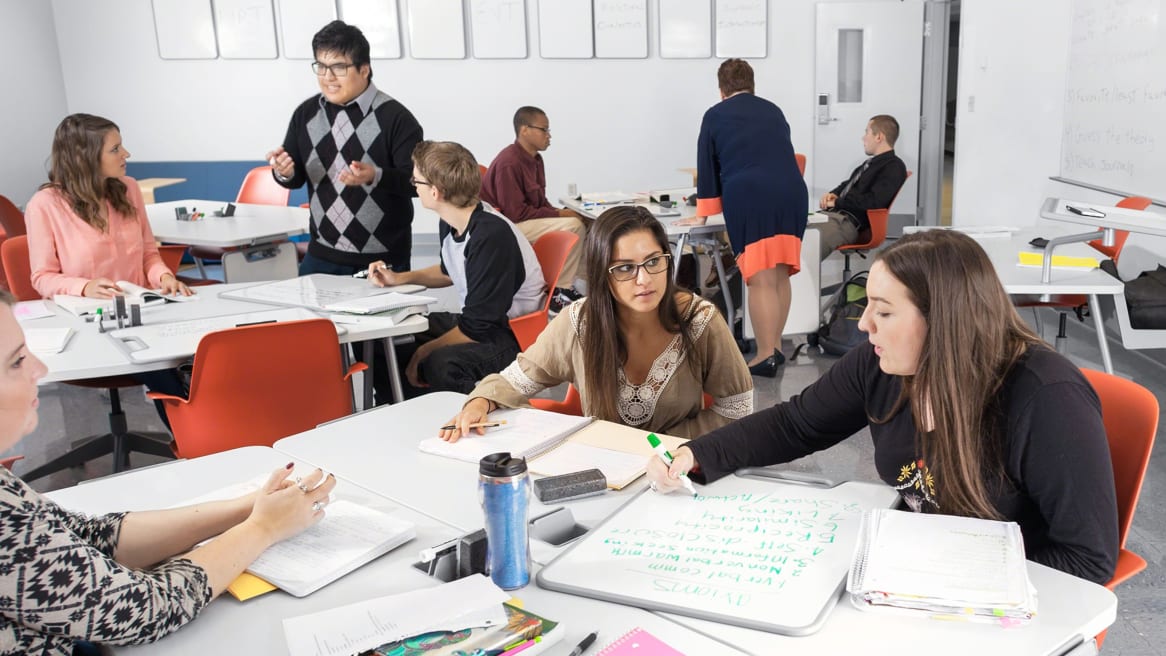Active learning is a pedagogical approach that emphasizes student engagement and participation in the learning process. It involves students taking an active role in their education, rather than simply receiving information from their teachers. Active learning can be applied to any subject, from math and science to literature and the arts. In this article, we will explore some strategies for encouraging active learning in the classroom.
Use collaborative learning activities: One of the most effective ways to encourage active learning is to use collaborative learning activities. These can include group projects, discussions, debates, and peer review. Collaborative learning not only encourages students to engage with each other and share ideas, but it also helps to develop critical thinking and communication skills.
Incorporate technology: Technology can be a powerful tool for active learning. By using educational software, online quizzes, and other interactive tools, you can engage your students and help them take an active role in their learning. Technology can also be used to create a more personalized learning experience, as students can work at their own pace and receive immediate feedback.

Create a hands-on learning environment: Hands-on learning is an excellent way to encourage active learning, particularly in subjects such as science and engineering. By providing students with opportunities to experiment, build, and create, you can help them develop a deeper understanding of the subject matter. Hands-on learning also helps to foster creativity and problem-solving skills.
Encourage student-led discussions: Instead of simply lecturing to your students, try to encourage student-led discussions. By allowing your students to lead the conversation and ask questions, you can create a more dynamic and engaging learning environment. This approach also helps to develop critical thinking and communication skills.
Provide opportunities for reflection: Reflection is an essential part of the learning process, as it allows students to think critically about what they have learned and how they can apply it in the real world. By providing opportunities for reflection, such as journaling or group discussions, you can help your students develop a deeper understanding of the subject matter.
Use active learning techniques to teach new skills: When teaching new skills, such as public speaking or research, use active learning techniques such as role-playing or problem-solving exercises. This approach helps students to develop confidence and competence in these skills, which can be invaluable in their future careers.

Offer immediate feedback: Finally, it is essential to offer immediate feedback to your students. By providing feedback as soon as possible, you can help your students to identify areas where they need to improve and make adjustments to their learning strategies. This approach also helps to reinforce positive behaviors and encourages students to take an active role in their learning.
Active learning is a powerful pedagogical approach that can help students to take an active role in their education. By using collaborative learning activities, incorporating technology, creating a hands-on learning environment, encouraging student-led discussions, providing opportunities for reflection, using active learning techniques to teach new skills, and offering immediate feedback, you can foster a dynamic and engaging learning environment that encourages critical thinking, creativity, and lifelong learning.




